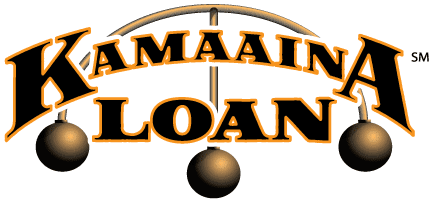Every day, a pawn shop is the scene of stories that are uplifting, tragic, funny or a combination of all three, Here, heard at the National Pawnbrokers Association convention, is one that is tragic and inspiring:
THE TEACHER WHO LIKED RINGS
In a southern pawn shop, there was a customer, a schoolteacher, who liked rings. She bought rings, sold rings, occasionally pawned rings.
Sometimes, when she found one she liked, she put it on layaway. Once she retired, and was living on a small pension, she sometimes had difficulty keeping up with her layaway payments.
Often, she failed to pay off within the store’s usual time limit of six months, but the pawnbroker treated her leniently because she was a good customer.
One rather expensive ring had been on layaway for more than two years when the woman died.
The pawnbroker called the woman’s daughter and told her that her mother had had a ring on layaway, still only half paid for, that the daughter could claim if she wanted to.
The daughter came to the store and told the owner that when her mother’s house burned (the cause of her death), everything she owned was destroyed.
“I don’t have a single thing of my mother’s,” she said.
The pawnbroker said, “This ring obviously meant a lot to your mother, since she tried so hard to pay it off. Here, you take it.”
He did not ask for the unpaid balance.
The daughter told the story to her local newspaper, which published it.

